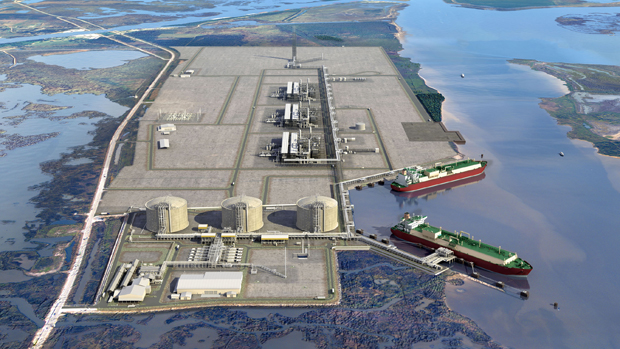Highlights
- Persistently low oil prices are hindering gas production growth in the Americas
- Gas prices in the US and Canada remain low despite the start of the withdrawal season
- LNG from Trinidad is struggling to find buyers in an oversupplied market
- Colombia will become a net gas importer next year
Economic overview
Markets are bracing themselves for the United States Federal Reserve to raise its benchmark interest rate this month – its first increase since 2006.
The Federal Open Market Committee (FOMC) were due to meet on 15-16 December to decide whether to raise interest rates. The economic indicators for a rate hike are favourable. The country’s unemployment rate was 5% in October-November, its lowest level since April 2008. Meanwhile, US GDP grew by an average of 2.6% on an annual basis in the first nine months of 2015, compared with 2.4% during the same period last year.
The strong US dollar indicates the growing likelihood of a rate hike. The dollar index, which reflects the strength of the US dollar against major global currencies, last month registered its highest monthly average since April 2003. The dollar gained strength against most major Latin American currencies in early December, including the Argentine peso, Brazilian real and Mexican peso.
Quarterly and annual year-on-year GDP growth rates
| Q1 2015 | Q2 2015 | Q3 2015 | 2015 | 2016 | 2017 | |
| US | 2.9% | 2.7% | 2.2% | *3.1% | *3.1% | *2.7% |
| Canada | 2.1% | 1.1% | 1.2% | *2.2% | *2.0% | *2.0% |
| Mexico | 2.5% | 2.3% | 2.6% | *3.0% | *3.3% | *3.5% |
| Brazil | -2.0% | -3.0% | -4.5% | *-1.0% | *1.0% | *2.3% |
| Argentina | 2.1% | 2.3% | *-0.3% | *-0.3% | * 0.1% | * 0.3% |
The weakening local currencies will prompt the region’s central banks to tighten their monetary policies, which will harm economic growth. The central banks of Brazil and Colombia are already increasing interest rates, and Mexico is watching the Fed closely. Brazil’s recession deepened in Q3 2015, while the economies of Argentina and Mexico are also weak.
The strong dollar is weighing on oil prices, causing increasing problems for oil-exporting countries such as Colombia and Venezuela. The Fed is expected to gradually tighten its monetary policy in 2016, which will maintain the pressure on Latin American economies.
Log in to continue reading...
To continue reading this article, you must have an active subscription. By logging in or signing up for a free trial, you are agreeing to our terms and conditions, privacy policy and cookie policy.



